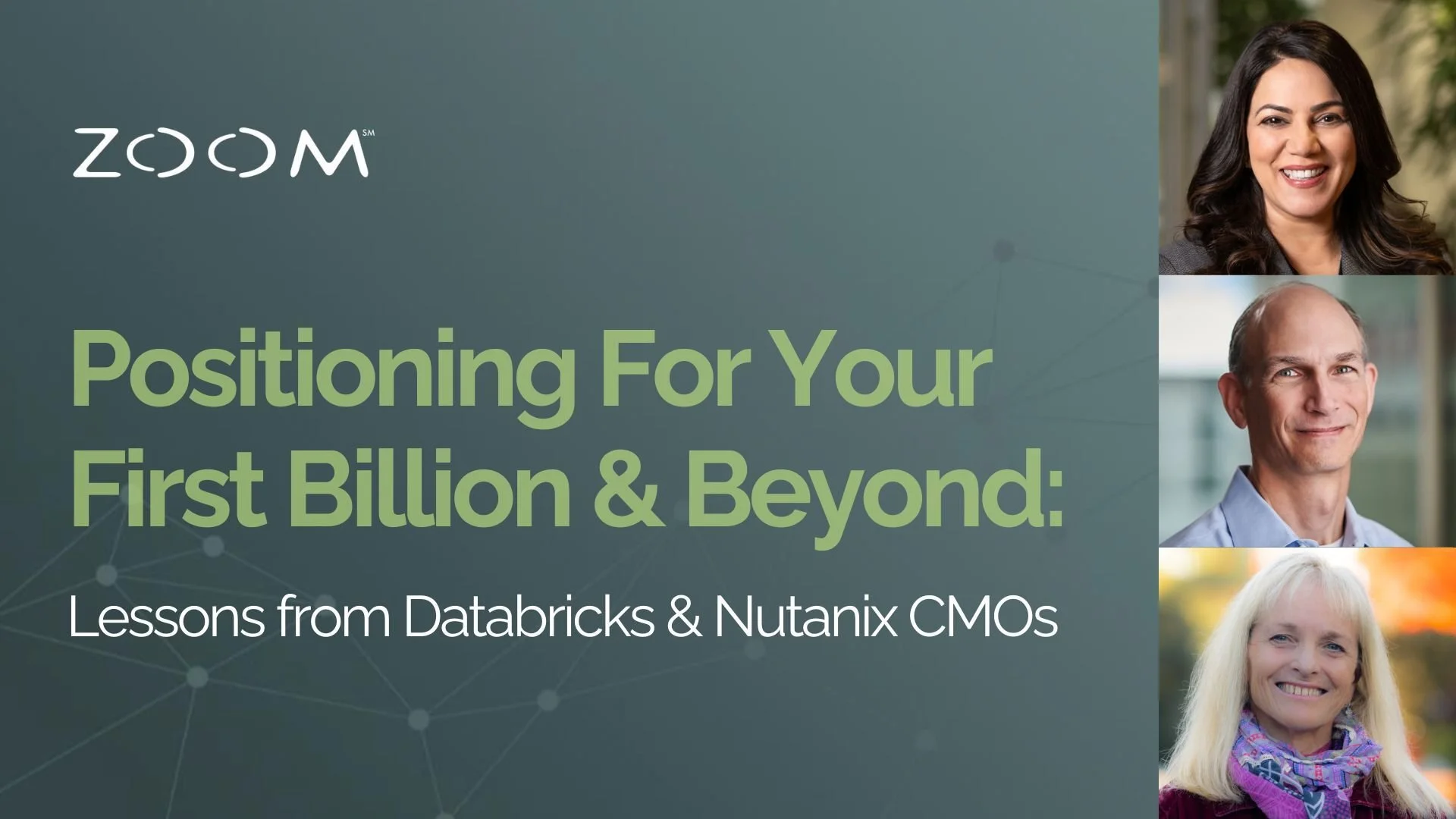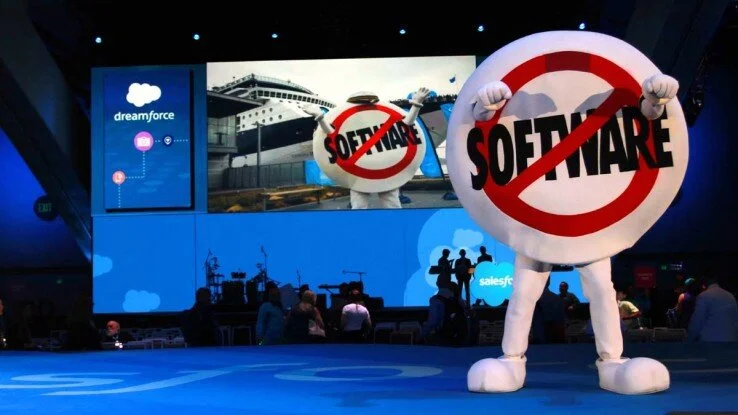Positioning Leader Spotlight
Meet Ali Ghodsi, CEO, Databricks
Ali took the helm as Databricks CEO in 2016, after his role as founding VP of engineering and product management. Ali aimed to grow the series B startup by commercializing the open source project, Apache Spark, that he helped create. A few years later, Databricks is the fourth-largest private, venture-backed U.S. company. The company’s latest Series J of $10B is one of the largest VC deals in history, valuing Databricks at $62 billion.
How did Ali position Databricks to become the industry darling and anticipated record-breaking software IPO? He told us.
You have a history of making great decisions, what’s your process for making tough decisions?
“One way I do that is to think to myself: one year from now, will one of the options become ‘more right?’”
Difficult decisions are often that way because of the trade offs they require. It’s the classic, “you can’t have your cake and eat it too.” On the one hand you win this but lose that, on the other hand you lose that and win this. The magnitude and risks associated with "this" and "that" are what makes it agonizing to make those decisions, and ultimately you don't have all the data to make that decision. I’ve found that the dimension that is often overlooked in these situations is ‘time.’ Typically, the tradeoff is that you win/lose something in the short term versus lose/win something in the long term. I try to frame the decision that way and always opt for the solution that is better in the long run. One way I do that is to think to myself: one year from now, will one of the options become "more right?” If so, I pick that and I have time on my side. It’s not necessarily a foolproof decision, but on average I’ve found that if you take the idea of ‘time’ into consideration, more often than not, you’ll find yourself on the right side of history.
In your career, what are some of the biggest obstacles you’ve overcome or risks you’ve taken?
“I really stuck to what I believed was going to be the future.”
Early on at Databricks we really went against the grain and bet on some long term trends that weren’t obvious at the time. In fact, most people called us crazy. It was challenging to keep the company focused on the cloud when everyone said we were going to get killed by on-premises vendors. We were also focused heavily on AI at a time when that market barely existed and, frankly, a lot of folks were convinced the puck was headed in a different direction. Similarly, we faced pushback and criticism for our approach towards open sourcing technology. In all of these cases, I was not only going against the majority opinion or status quo, but those opinions did have validity at the time so I had a lot of self doubt, and ultimately we were taking a big risk. But I really stuck to what I believed was going to be the future.
What does it take to establish a new category?
Register to watch our On Demand ZOOMinar for insights from Databricks CMO Rick Schultz, along with Nutanix CMO Mandy Dhaliwal, on how to establish a category and leverage positioning as the foundation for incredible growth.
It takes a lot and it’s not something that can be done lightly. For one, you have to have a strong point of view on what’s going on in the market and what you want to do differently. Your customers are an important ingredient here (if not the most important one). They're the ones with the pain points to solve and the ones who make up the market. Ultimately, customers are the ones who take the risk and embrace change to adopt your technology and bring it to life. So as long as you make them successful and talk about their success through the lens of the new category, the rest will follow.
But that means your category has to be both somewhat provocative and a break from the norm—it needs to address the pains your customers are feeling in such a way that it is worth the risk and change management for them to adopt it. Otherwise it'll be a singleton category, meaning your company thinks it’s a category but you're the only company in that category. If you don’t have competitors or other companies building within the same category, you’re not establishing anything new.
What is your advice for successfully scaling your positioning—from startup to unicorn to the largest software IPO in history?
The Databricks story has been consistently mission-driven: To simplify and democratize data and AI, helping data teams solve the world’s toughest problems.
Really think through the consistency in your message and positioning. Both your positioning and your POV has to be consistent from top down. Whether you’re giving a high-level sentence about your company or a deep dive into your product. Everything you do around the products you build—its features, pricing, marketing, etc. needs to be truly consistent. It seems obvious, but people often think of messaging in isolation—in fact they treat it like a box to check—vision statement, check; product description; check. But the sum of the parts is actually greater than each of those items. Making sure the whole company strategy and direction is consistent with your positioning is the key to making sure it lands.
Whose positioning do you admire and why?
I think Salesforce has done a great job of not only creating the SaaS category, but staying a market leader. It’s not uncommon for a company to create a category and lose market dominance, but the way Salesforce has positioned itself over the years—even with acquisitions and new product lines—is impressive. They’ve stayed consistent to their message and positioning all along. Back when it wasn’t super popular to say ‘no software’ and to go against the prevailing on-prem behemoths that had both mind and market share, they stayed true to what they believed was going to be the future and did it boldly with their Ghostbusters-themed ‘no software’ logo. I think their logo was instrumental because it sparked a revolution against traditional software. It looked like a literal picket sign. They created a SaaS category that reigns dominant today and have stayed consistent even as they innovate.




